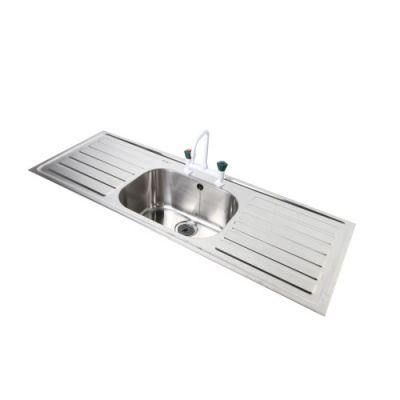

The Spruce Home Improvement Review Board.We offer flexible spec solutions with the broadest product offering in the industry, with a 95%+ off-the-shelf fill-rate. This means that resources are saved and the same material is continuously cycled through the production chain in a sustainable closed-loop system, rendering it an eco-friendly material.įrom the documented hygienic and corrosion-resistant features, to the virtually unparalleled sustainability, Type 304 and Type 316 stainless steels offer numerous advantages for design professionals, and are an appropriate choice for a multitude of projects.Īs an industry leader, Just Manufacturing produces high quality stainless steel sinks that are 100% Made in the U.S.A.


It is estimated that about 80% of stainless steels are recycled at the end of their life to produce more stainless steels, and this process can be carried on indefinitely. Whichever you choose, when the total life cycle costs are considered, stainless is often the least expensive material option. Type 316 is often used in highly acidic environments, needing the extra protection from chemical corrodents. It is also known as marine grade stainless steel due to its increased resistance to chloride corrosion compared to type 304. The addition of molybdenum and a slightly higher nickel content make Type 316 Stainless Steel suitable for architectural applications in severe settings. Type 316 is the second most common grade (after 304) but with the addition of 2-3% molybdenum. This type is easy to form and fabricate with excellent resistance to corrosion. It is readily available in a variety of forms. It is nonmagnetic and cannot be hardened by heat treatment.
316 GRADE STAINLESS STEEL KITCHEN SINK SERIES
As part of the 300 Series designation it is composed basically of 18 percent chromium and 8 percent nickel and is sometimes referred to as 18-8 stainless. Type 304 is the basic chromium-nickel austenitic stainless steel, is generally less expensive and has been found suitable for the widest range of applications in all kinds of products and architectural work. There are some key differences in the percentages of chromium, nickel and carbon content of the alloys. While both alloys are stainless steel and very similar in content, chromium gives the stainless steel its luster and durability.

The unique qualities of each can be found below the surface and in their chemical make-up. Visually comparing two seemingly identical pieces of metal, polished and grained, it is impossible to distinguish which one is Type 304 and which one is Type 316. While cost is an important consideration when selecting the appropriate grade of stainless, be sure to carefully consider the environment in which the product will be operating. The benefits of stainless steel include a long service life that will retain an attractive, clean finish with low maintenance cost. The addition increases corrosion resistance, particularly against chlorides and other industrial solvents, also making it a better selection for severe outdoor environments and high exposure applications. Of the wide range of stainless steels on the market, both Type 304 and Type 316 stainless steel have strength, workability and are corrosion resistance, the key difference is that 316 stainless steel incorporates about 2 to 3 percent molybdenum. Both Type 304 and Type 316 stainless steel belong to the 300 series of stainless steel alloys (austenitic alloys) that are specifically formulated for forming and drawing stainless steel sinks.


 0 kommentar(er)
0 kommentar(er)
